Members Only… The Scala
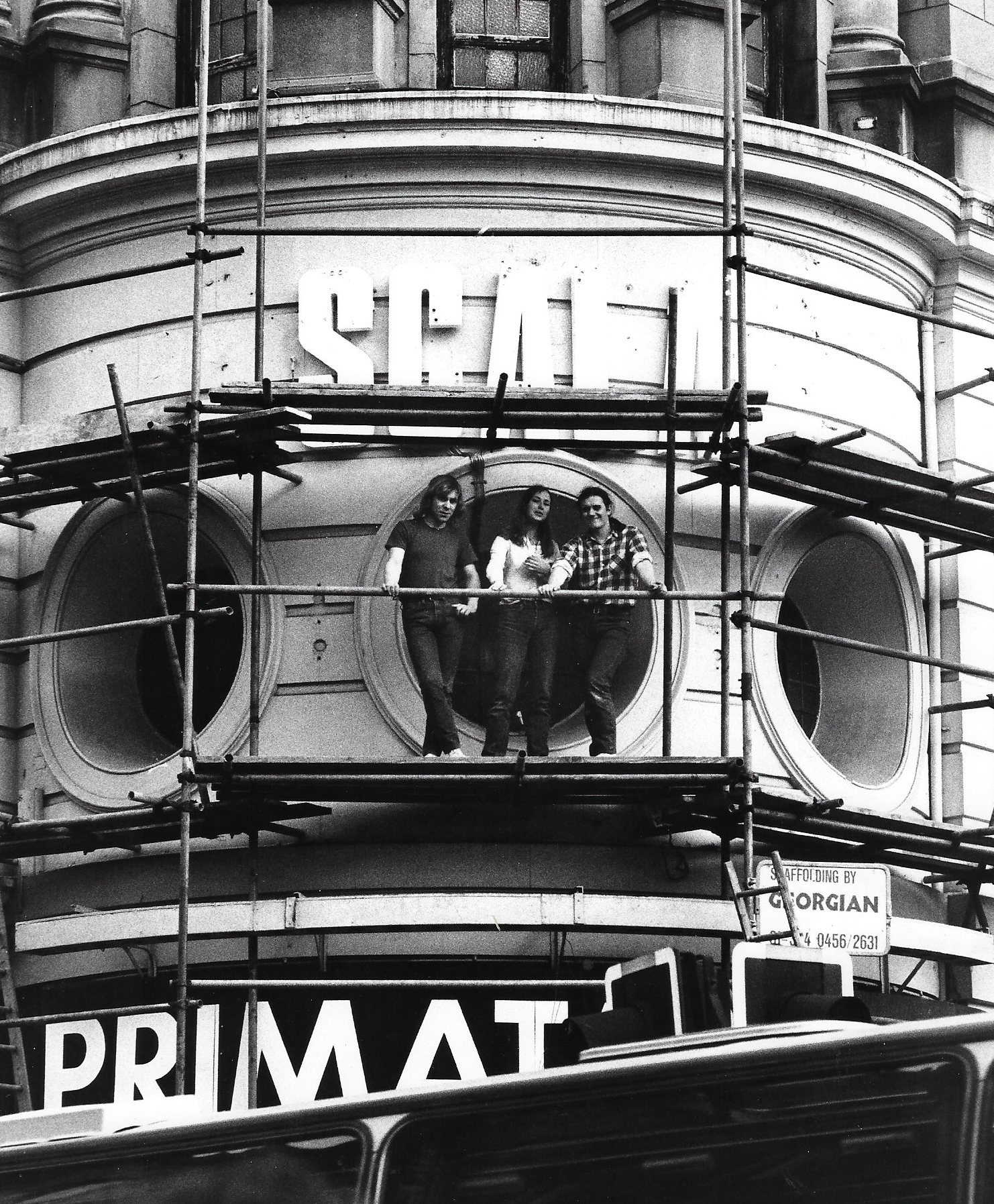
It’s entered film folklore as one of not just London’s most famous cinemas, but one whose name is instantly recognised by movie fans the world over. And a new documentary celebrates a private cinema club that really deserves the epithet “iconic”. Welcome to the Scala…
For a cinema that’s been closed for 30 years or more and was located in a pre-gentrified and exceedingly seedy area, London’s Scala still boasts a reputation and reach that stretches far beyond Kings Cross, London, or even the UK.
Among film fans, it’s a place you were either lucky enough or daft enough to regularly attend, or, if you were too young to go before it shuttered its doors for the last time in 1993, or weren’t even born yet, you probably wished you’d gone.
It’s in the collective consciousness of filmgoers everywhere, it’s a cinema that refuses to die. What other cinemas can boast such recognition even when they’re open, let alone decades after their passing? What cinemas, especially what was, at best, a fleapit, boast a regular multi-venue festival held in their honour? What multiplexes have had, as happened with the Scala a few years ago, a lavish book celebrating their storied past
And what cinema, living or dead, can say it has a documentary released looking back at its life and times. That is the power and the pull of the Scala, which opened in London in 1978, spent a few years in Fitzrovia in the West End before decamping to Kings Cross, then one of the capital’s more rough and ready neighbourhoods in 1981, where it remained until its closure, under a welter of financial problems, including the collapse of the production and distribution powerhouse Palace Pictures that grew from the Scala and the fallout from its uncleared and illegal screening of Stanley Kubrick’s A Clockwork Orange, which was, at the time, kept under a lock and key at the director’s behest.
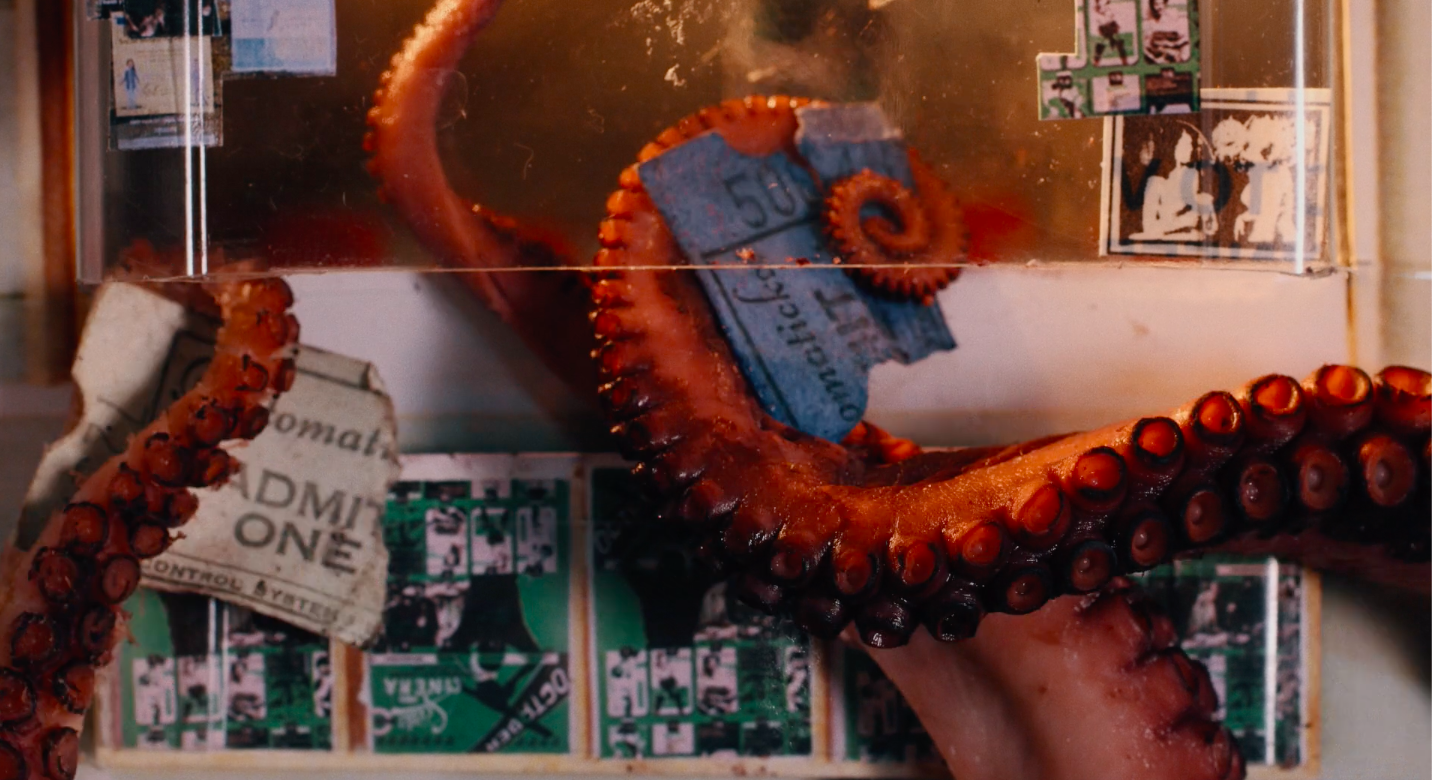
It was London’s scuzziest and nastiest rep cinema, but also a haven for film fans, bestowing status not just on accepted classics, but also ushering in an age where sleaze, horror and even porn could be viewed with the same weight. This writer as a was a regular at the cinema from 1984 onwards, viewing first a psychedelic film all-nighter presented by Alice In Wonderland, a post-punk psychedelic club. In between the films, the loons from Doctor and the Medics, pre-one hot wonder Spirit in The Sky, played live, there were DJs, many appeared to be, ahem, chemically enhanced, and it was, well, bedlam. There was even a cat stalking the aisles.
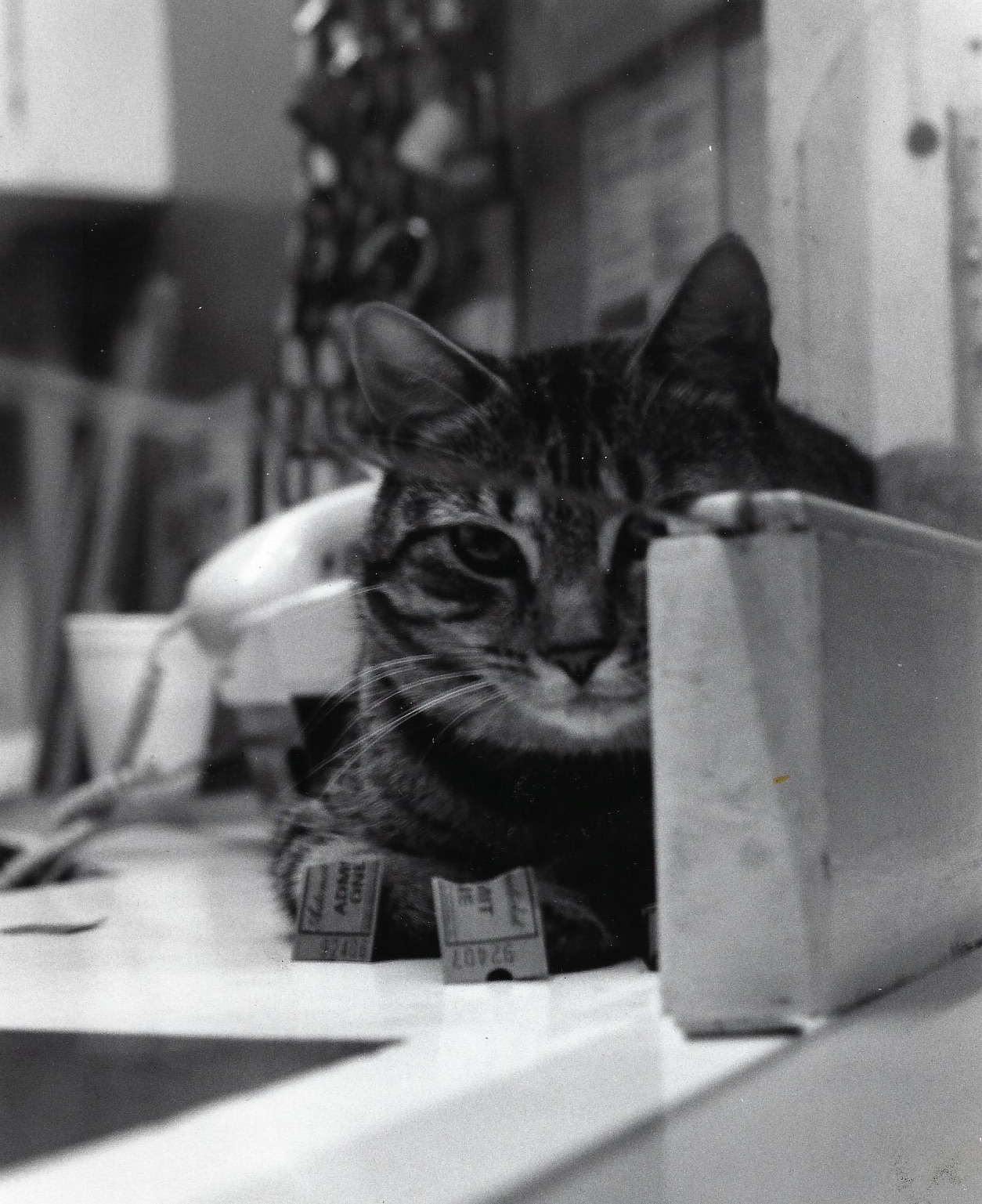
And the films? Psychedelic was apt: The Monkees’ Head, The Trip, in which Peter Fonda holds an orange and, on acid, announces he is holding the sun in his hands, as well as camp sci-fi in Barbarella. I was hooked, Within months I had seen. Divine eating shit in Pink Flamingos, 1940s kids whose lives had been ruined by weed in Reefer Madness, people dressing up for a Steve Martin all-nighter (bunny ears all over the shop), more drug lunacy in Blue Sunshine, horror aplenty, including the first chance to see John Carpenter classics on the big screen, international art porn such as Ai No Corrida and a whole load more. It wasn’t just weird stuff though: there was an annual It’s A Wonderful Life jaunt ahead of Christmas, as well as regular Laurel and Hardy Appreciation Society screenings (these were just as crackers as the psychedelic all-nighters in all honesty, similarly wacky outfits and audience participation).
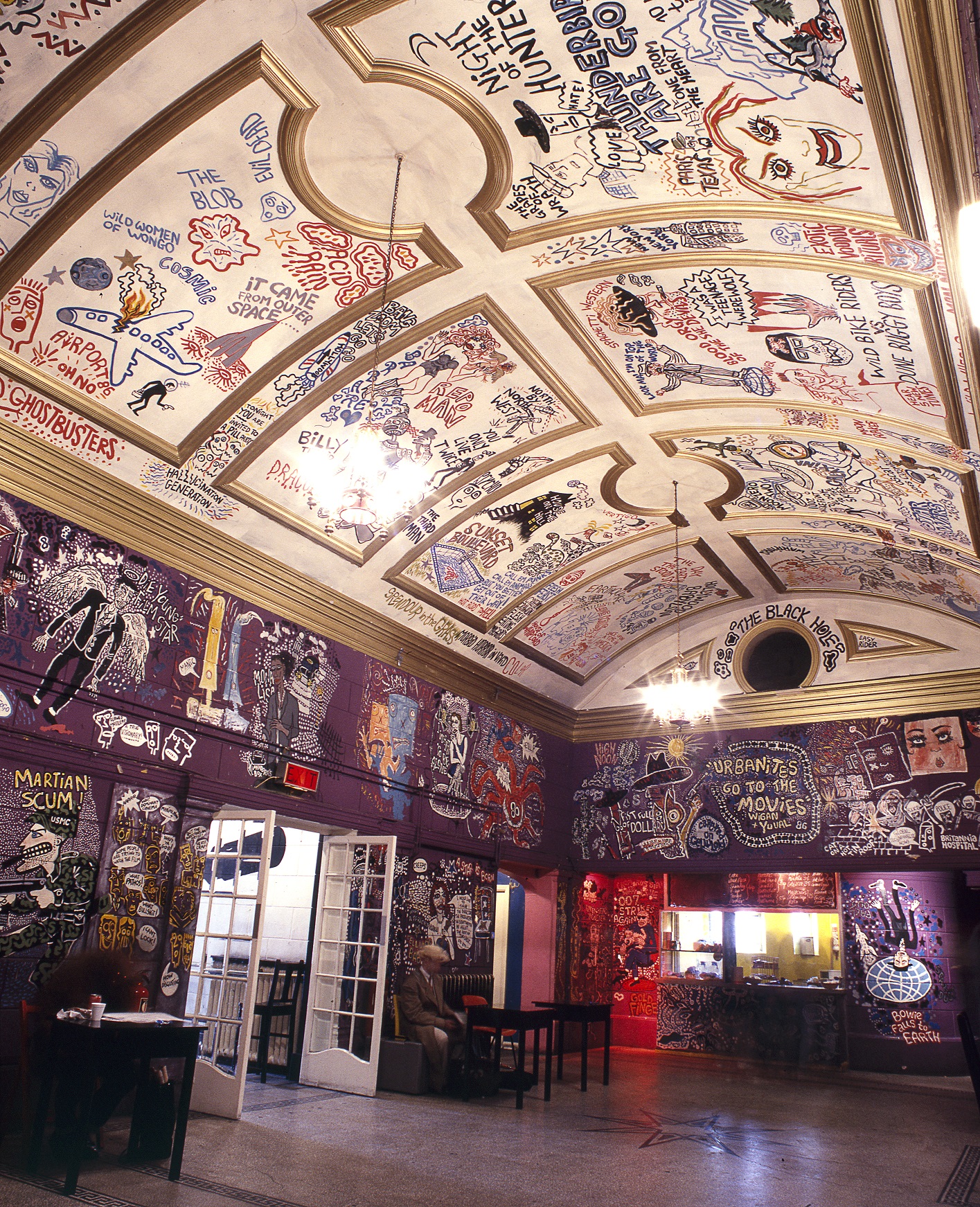
In an age when despite the prevalence of rental stores on every high street, it was still difficult to find more outré, eclectic and obscure films, a haven. An alternative place where anything went as well as a kind of film school, albeit one where trash was as highly rated as the classics.
The film Scala!!! – to give it its full title, Scala!!! Or, the Incredibly Strange Rise and Fall of the World’s Wildest Cinema and How It Influenced a Mixed-up Generation of Weirdos and Misfits, has been in the works for years. Directors Jane Giles and Ali Catterall are more qualified than anyone to talk about it – she worked at the cinema as a programmer, he, like so many, was one of the disaffected souls who found a home in the cinema as an impressionable teenage film fan. Its lengthy gestation process came after Giles published a book charting the cinema’s history, titled, naturally enough, Scala Cinema.
“As we were getting ready to publish the book, I realised there was a film in there,” she says, “I was coming across a lot of archive footage while I was doing picture research, in addition to what I already knew existed.
“I knew there were stories in there, I knew the film had the potential to reach a wider audience and viewership than the book had. I knew there was another life in the book and here we are.”
After initial meetings with potential producer Alan Marke, Giles and Catterall (the latter had edited the book) started working on scripts to develop the book as a sitcom:”We thought what we wrote was hilarious – a sitcom set in a Scala-style cinema based on things that did happen, someone dying during Looking For Mr Goodbar and the cat – but then we had a meeting with [an unnamed] comedian who shat on it from a great height,” laughs Giles.
“I think there’s still scope to do it,” adds Catterall, “but we’re not sitcom writers.”
Back to the drawing board and a more sensible option to so a more straightforward documentary, with another producer, Andy Starke, who works with Ben Wheatley (another Scala acolyte) also on board. Starke and Marke persuaded Giles to direct.
As she recalls: “We agreed to start making it as a doc with archive footage and interviews and movie clips and set about looking for a documentary director… And nobody wanted to do it.
“They all ganged up on me at one of our meetings, and said ‘why don’t you direct it?’ I told them I’m not a film maker they said ‘it’s so easy, it’s not rocket science, just do it’.”
“We literally all pointed at Jane in unison ike Donald Sutherland at the end of Invasion Of The Body Snatchers and said ‘You’re doing it!’,” laughs Catterall.
Giles reluctantly agreed, because “it’s not directing actors”, but insisted that Catterall took up the reins with her.
Some BFI seed money, a Kick-starter campaign and the project was up and running. there were snags along the way – potential backers and funders among production companies were all keen to see it, but few wanted to pony up the cash, although, as Giles notes: “It’s a lovely democratic way of turning to the audience and saying ‘do you want to see this film do you want to invest?’ And whether you put in £1 or 7 grand we’ll reward you in some way. That’s wonderful, and it made us think more about audience and what people want from this film.”
Many of the interviews were shot in an empty Scala – it’s now a gig venue and club – during lockdown, with most of those interviewed people who went on to bigger and better things after being introduced to film at the `Scala – the cast list is hugely impressive. With more than a million people going through its doors, there were plenty too choose from. As Giles says: “We started off going for people who were young people who went on to be relatively well known in their own spheres. Where else do you start? A million people went to Scala!”
One of those is Barry Adamson, former Magazine member, part-time Bad Seed and solo artist, who ended providing the soundtrack to the film too: “The Scala was the catalyst for him doing [his seminal solo album] Moss Side Story, the Scala is as important to him as he is to us; it’s an incredibly good partnership for that reason,” says Catterall.
It follows a rough chronological order, with some smart animation and linking scenes as well as archive footage, sone new. (They’ve eschewed the obvious too – as Giles says, despite its late 70s beginnings, “One decree we’ve made is not to have footage of billions of bin bags in Leicester Square; you may have noticed that’s 88 per cent of all arts documentaries.”)
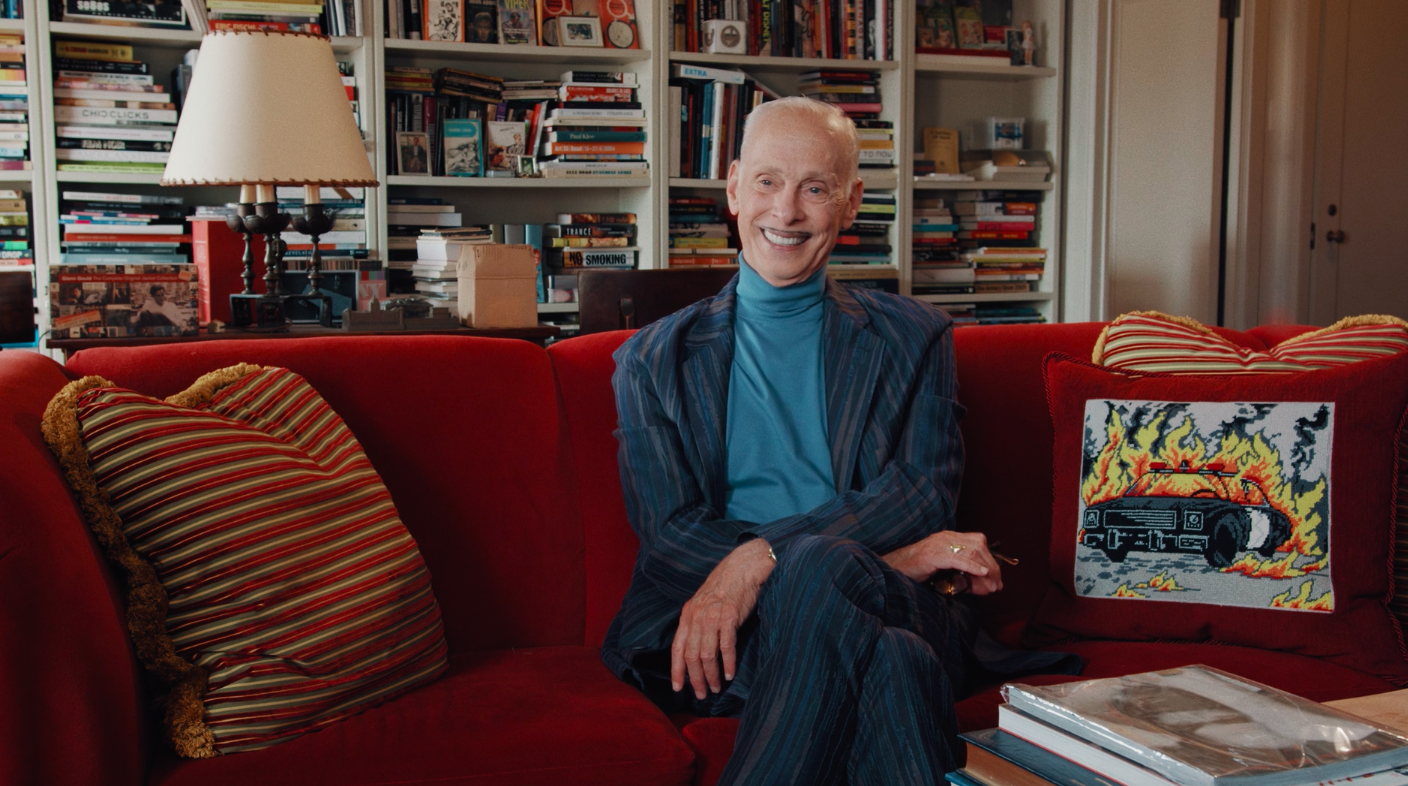
Much like the cinema itself, there’s a certain self-deprecating streak running through Catterall and Giles’ comments, (before they’d even finished it she notes: “The film will be great despite the fact me and Ali making it… The subject matter is brilliant and amazing, all the film, clips are great, the interviews are brilliant…”), but there’s no denying the film really does justice to the place and its influence.
But why now? And why has the reputation of the cinema not only remained intact over the years, but, if anything, grown even further?
“I think there needed to be a certain period of time after the cinema closing for its history to settle,” says Giles. “It’s really hard to write about an entity that’s still alive whether it’s a building or organisation, there’s no logical end point.
“But the Scala definitely had a beginning, middle and end. You then need a period of time so it’s possible to start understanding the meaning of it was and the legacy of it.”
“It was a real transgressive place,” notes Catterall. “You don’t have that any more. The physical medium of film has changed – astonishingly you can see a film the size of a postage stamp and this seems like a historic anomaly from 30 years ago. You have your multiplexes and chains and it’s a poncey word but the Scala was a hub. Stewart Lee talked about a particular chain being a slice of Hampstead wherever you go but the Scala wasn’t like that – it was a down and dirty transgressive space, showing things that were incredibly hard to see, These days you can see things at the click of a mouse, but back then the Scala was the only place to see this things.
“When you have that and ladle a huge dollop of counter culture over that it’s incredibly romantic and attractive to a generation that doesn’t have this and can’t experience it in the way it did.”
What appeals about the Scala now – and was an integral part of it – was the sheer breadth and scope. Having subsequently worked at the BFI, Giles understands all about what she calls “the hierarchy of film”, and how some films are accepted as classics, while others are neglected by traditional film organisations. The Scala gave as much credence to outré titles such as Thundercrack, Pink Flamingos and Russ Meyer’s flicks. Moreover, there was also space for martial arts, horror and Laurel and Hardy festivals too.
“We’ve got [S’Express superstar, DJ and all-round legend] Mark Moore talking about going to Pink Flamingos but also Paul Putner talking about Laurel and Hardy,” says Giles. “For these two things to occupy the same space automatically makes a very different kind of experience.”
There’s also a huge educational aspect to the Scala too, as both Giles and Catterall agree. (This writer would agree too – in an era when VHS titles were widely available, but suburban rental stores were not heavy with, say, 70s classics or black and white fare and certification clampdowns and the nasties furore further limited choice – the Scala was an introduction to a whole other world.)
“A lot of people described the Scala as an unofficial film education, a school,” says Giles. “People talked about how they grew up at the Scala, with both what they experienced there on the screen and off the screen."
“It was in an emotional way as well as educational,: adds Catterall. “One of the ushers spoke about it being a home for a lot of people that were dispossessed at the time, literally emotionally or whatever. The Scala exemplified both meanings of the word asylum: an asylum [as a nutty place] and an asylum in the best way, like a sanctuary. I came from an extreme broken background and it was a sanctuary, it was a home, you were watching the most extreme stuff but it felt like home.”
What really made if different, Giles concludes, was the rock n roll element, the punk rock feeling that was engendered after founder Stephen Woolley first saw the Sex Pistols live when they played at the Screen on the Green in Islington at an all-nighter.
“I think rock n roll was the key to it and that’s what made it different,” she says. “There were different rep cinemas in London at the time – the Everyman, the Riverside, Ritzy, Rio… The Scala was coming out of a tradition of repertory, the off-West End double bill was a thing in the 70s. But the genius of the Scala was that Stephen Woolley, like a magpie, took the best bits, the classics from the Everyman, the Hitchcocks from the Electric, the bits he liked and put it together, but because he was a teenage punk a, music obsessive, going to gigs every other night of the week when he was a teenager, he just shot it through with rock n roll.
“He saw [the Pistols at the Screen on the Green] as a living example of what happens when you put on punk gigs at a cinema. He took that concept to Tottenham Street to the Scala and did a similar thing there. He knew he could get a different type of audience into a cinema, it was absolute genius.’
With a cast list of former attendees that takes in DJs such as Moore (the all-nighters blurred the boundaries between films and clubs), the Jesus and Mary Chain’s Douglas Hart, the aforementioned Adamson and post punk industrial noise merchant Jim Thirwell aka Clint Ruin aka Foetus, and clips and tales of early Spandau Ballet gigs and legendary events such as Throbbing Gristle playing live, those links are made clear in the film.
“It really runs through the film,” says Giles. “The people that came to Scala loved music, people that ran the Scala loved music, the fact the intermission music was so important. For me discovering a John Carpenter all nighter and hearing Joy Division [between films] at the Kings Cross Scala was a mind-blowing experience.
“You go to the cinema now, go and see a film like Censor an interesting film, at an interesting cinema and guess what the intermission music is? It’s just soul music.
On what planet would you not play Goblin? The Scala understood that; the projectionists were real music fans. They played interesting music that really worked. Joy Division worked with John Carpenter films, you didn’t need to play John Carpenter or electronic music. That’s really what made it different.”
And it is furthermore no coincidence that the Scala’s existence timed nearly with the Thatcher years. “There was that serendipitous nature,” says Giles. “It was a period of Tory government that had an impact on society and culture, It felt like a negative at the time but It actually was positive. Interesting things happened people were oppositional in that culture and there was a lot of energy.
“We know the Internet is a good thing, but if you don’t have the internet and what the Scala demonstrated and what comes out in the film was the effort people had to put into going to the film and it meant the film had a greater impact on them, as an audience. It was a bigger experience because of the difficulty of seeing those films. You had to queue, you had to research that put a golden ring around what it was.”
It wasn’t just the cinema, or the audience, however. It was the blend of the two.
As Giles concludes: “It’s a film about cinemas and it’s about audience and it’s about a match that lights the fire in people at a point in their lives where they’re discovering cinema, music, culture, sex, drugs, the world. everything.”
• Scala!!! is out at cinemas now and on Blu-ray and BFI Player on January 22
“It was in an emotional way as well as educational,: adds Catterall. “One of the ushers spoke about it being a home for a lot of people that were dispossessed at the time, literally emotionally or whatever. The Scala exemplified both meanings of the word asylum: an asylum [as a nutty place] and an asylum in the best way, like a sanctuary. I came from an extreme broken background and it was a sanctuary, it was a home, you were watching the most extreme stuff but it felt like home.”
What really made if different, Giles concludes, was the rock n roll element, the punk rock feeling that was engendered after founder Stephen Woolley first saw the Sex Pistols live when they played at the Screen on the Green in Islington at an all-nighter.
“I think rock n roll was the key to it and that’s what made it different,” she says. “There were different rep cinemas in London at the time – the Everyman, the Riverside, Ritzy, Rio… The Scala was coming out of a tradition of repertory, the off-West End double bill was a thing in the 70s. But the genius of the Scala was that Stephen Woolley, like a magpie, took the best bits, the classics from the Everyman, the Hitchcocks from the Electric, the bits he liked and put it together, but because he was a teenage punk a, music obsessive, going to gigs every other night of the week when he was a teenager, he just shot it through with rock n roll.
“He saw [the Pistols at the Screen on the Green] as a living example of what happens when you put on punk gigs at a cinema. He took that concept to Tottenham Street to the Scala and did a similar thing there. He knew he could get a different type of audience into a cinema, it was absolute genius.’
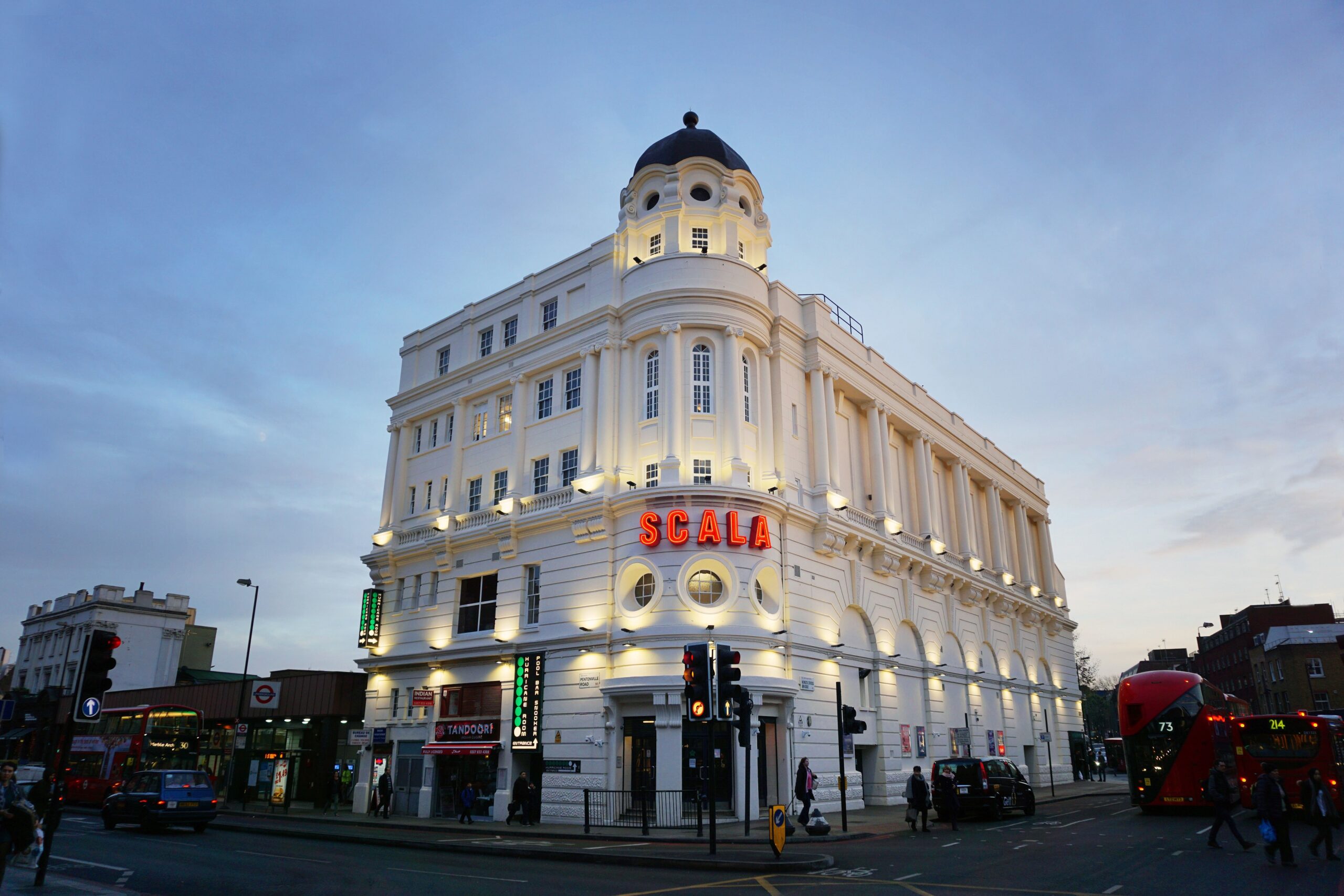
With a cast list of former attendees that takes in DJs such as Moore (the all-nighters blurred the boundaries between films and clubs), the Jesus and Mary Chain’s Douglas Hart, the aforementioned Adamson and post punk industrial noise merchant Jim Thirwell aka Clint Ruin aka Foetus, and clips and tales of early Spandau Ballet gigs and legendary events such as Throbbing Gristle playing live, those links are made clear in the film.
“It really runs through the film,” says Giles. “The people that came to Scala loved music, people that ran the Scala loved music, the fact the intermission music was so important. For me discovering a John Carpenter all nighter and hearing Joy Division [between films] at the Kings Cross Scala was a mind-blowing experience.
“You go to the cinema now, go and see a film like Censor an interesting film, at an interesting cinema and guess what the intermission music is? It’s just soul music.
On what planet would you not play Goblin? The Scala understood that; the projectionists were real music fans. They played interesting music that really worked. Joy Division worked with John Carpenter films, you didn’t need to play John Carpenter or electronic music. That’s really what made it different.”
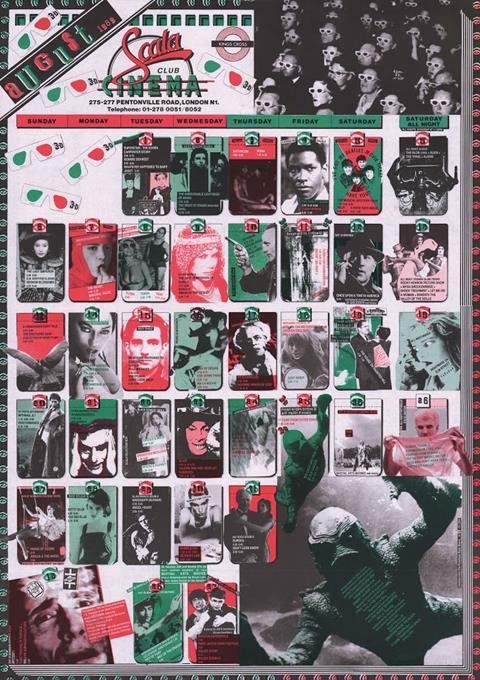
And it is furthermore no coincidence that the Scala’s existence timed nearly with the Thatcher years. “There was that serendipitous nature,” says Giles. “It was a period of Tory government that had an impact on society and culture, It felt like a negative at the time but It actually was positive. Interesting things happened people were oppositional in that culture and there was a lot of energy.
“We know the Internet is a good thing, but if you don’t have the internet and what the Scala demonstrated and what comes out in the film was the effort people had to put into going to the film and it meant the film had a greater impact on them, as an audience. It was a bigger experience because of the difficulty of seeing those films. You had to queue, you had to research that put a golden ring around what it was.”
It wasn’t just the cinema, or the audience, however. It was the blend of the two.
As Giles concludes: “It’s a film about cinemas and it’s about audience and it’s about a match that lights the fire in people at a point in their lives where they’re discovering cinema, music, culture, sex, drugs, the world. everything.”
- Scala!!! is out at cinemas now and on Blu-ray and BFI Player on January 22. For screening details see https://www.scalaclubcinema.com A season of the Scala’s greatest hits, Scala: Sex, drugs and rock and roll cinema, runs at BFI Southbank throughout January with selected films on BFI Player.



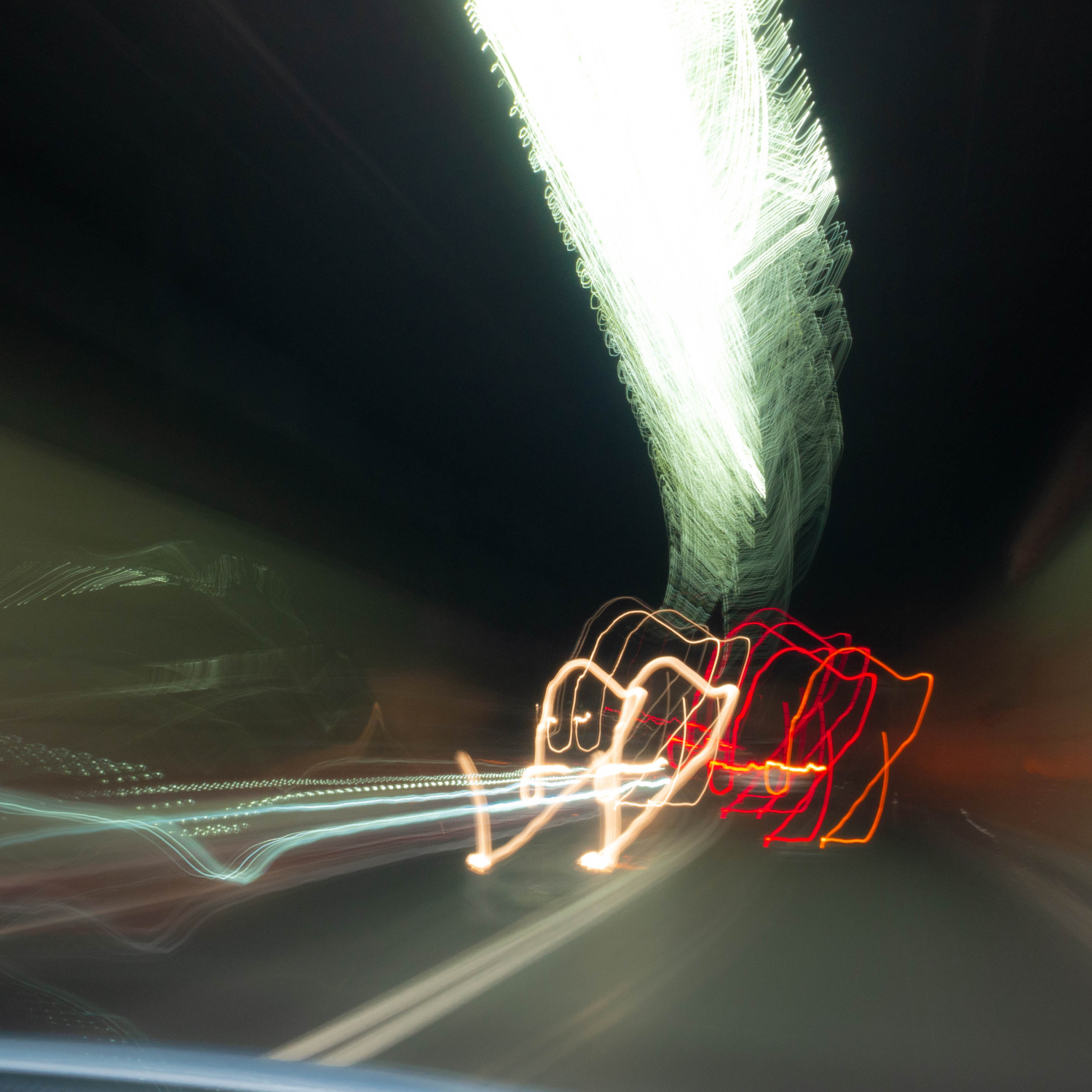

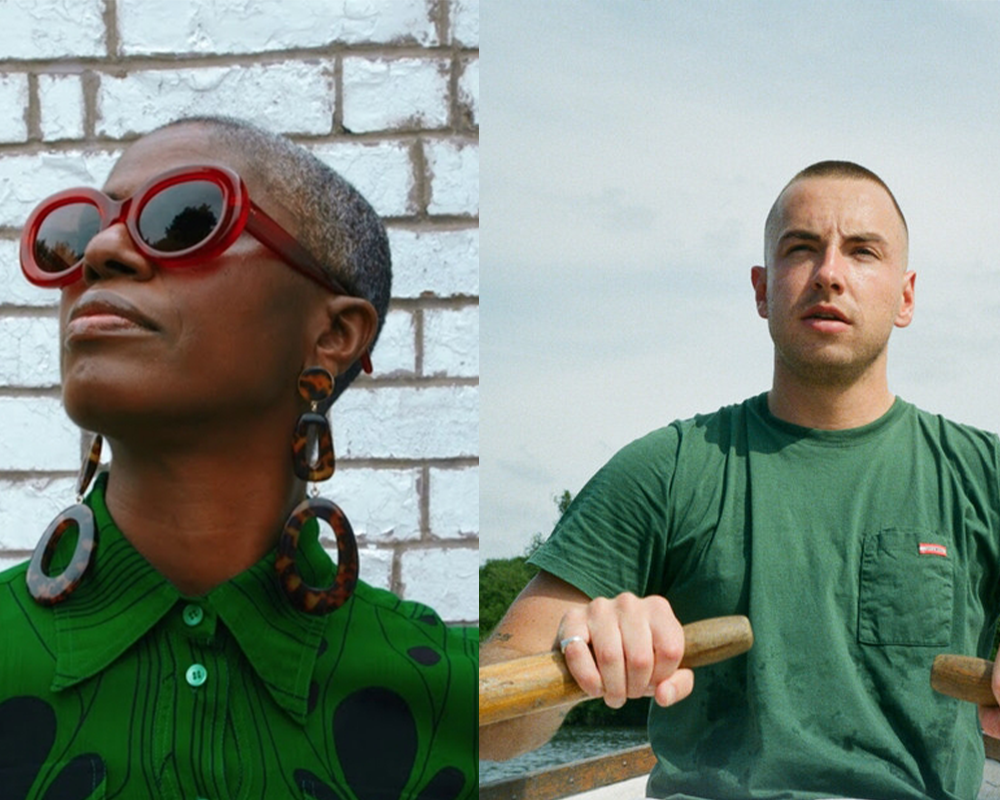












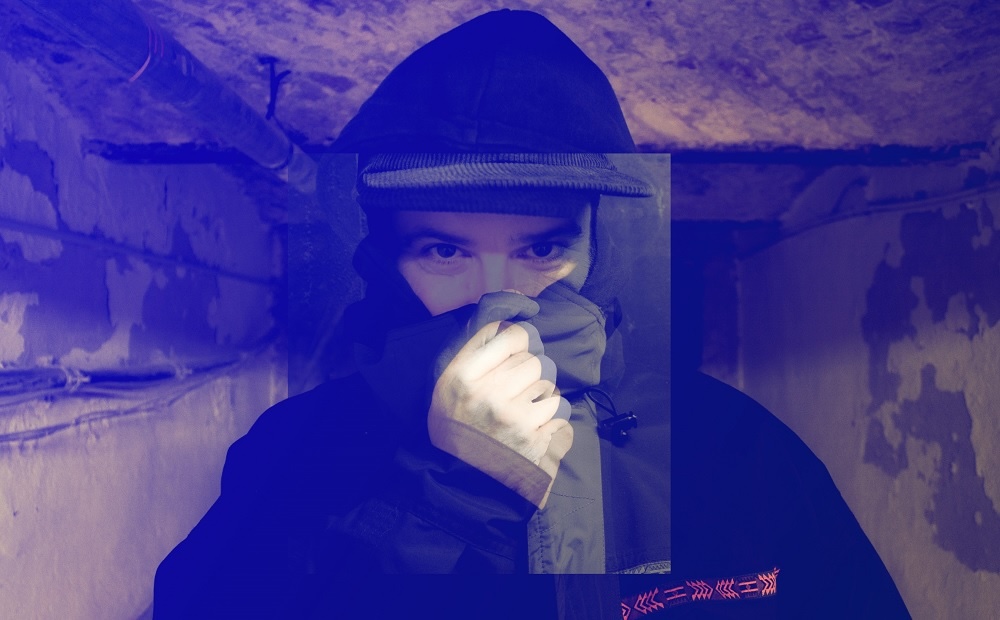




Must Reads
David Holmes – Humanity As An Act Of Resistance in three chapters
As a nation, the Irish have always had a profound relationship with the people of Palestine
Rotterdam – A City which Bounces Back
The Dutch city is in a state of constant revival
Going Remote.
Home swapping as a lifestyle choice
Trending track
Vels d’Èter
Glass Isle
Shop NowDreaming
Timothy Clerkin
Shop Now